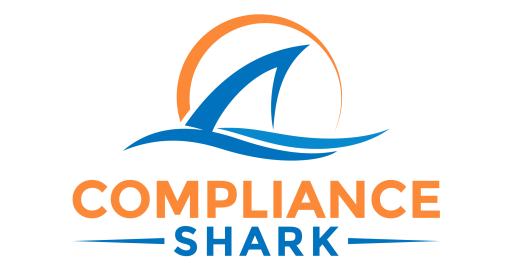For those who missed my American Laundry News article..
Hey there, it's Greg.
In our last few newsletters, we’ve talked about how switching to reusables can help hospitals cut costs, reduce waste, and improve sustainability. But today, I want to focus on an issue that’s critical for patient (and staff) safety: infection prevention.
Improperly cleaned linens can turn a simple hospital stay into a life-or-death situation. This is something I explore in detail in my recently published book, “Invisible Risks: The High Stakes of Healthcare Linen Compliance.”
Here’s an excerpt that shows just how dangerous they can be:
"Picture a small Midwest town, where an 8-year-old boy was admitted to the hospital for a minor surgery, a routine procedure his family expected would heal a wound and send him home within days. But a week later, instead of bouncing back, he lay motionless, fighting an infection that puzzled his doctors. The source was eventually traced not to a medical device or an unsterile instrument but something easy to overlook: his hospital sheets. Improperly cleaned at a remote laundry facility under pressure to cut costs, these linens harbored a dangerous pathogen that transformed a routine procedure into a life-threatening ordeal."
Unfortunately, stories like this aren’t as rare as they should be.
In fact, this is one of the common failures in healthcare infection prevention that I discuss in my recent feature with American Laundry News.
Some of The Biggest Shortcomings in healthcare laundries
1. Functional Separation Failures: Flaws in plant architecture or insufficient processes can allow pathogens from soiled areas to migrate into clean zones, contaminating freshly laundered linens. Even small lapses, like mishandling soiled linens during collection, sorting, and transport, can quickly escalate into significant infection risks.
2. Inadequate Maintenance of Equipment: Poorly maintained washers and dryers can harbor bacteria, mold, and other pathogens, contaminating entire loads of supposedly “clean” linen. Regular maintenance is a non-negotiable best practice for infection control.
3. Human Error: Even the best equipment can’t prevent infections if staff aren’t properly trained on handling soiled linens, loading equipment, and following infection prevention protocols.
Aside from that in the article, I also dive into:
The factors make it challenging to maintain cleanliness in a healthcare laundry plant.
Recommendations in order to achieve thorough cleanliness.
Comprehensive training and oversight programs for frontline staff.
The high standards of cleanliness, healthcare laundries should adopt.
In case you missed it, you can check out the feature here.
Final Thought
Proper linen management is necessary for staying compliant with HLAC, CDC, and Joint Commission standards. However, it’s absolutely critical for protecting patients and preventing the kind of tragedy I described earlier.
In my book, I dive deep into how hospitals can build stronger infection prevention protocols, reduce liability risks, and improve compliance — all while cutting costs.
Thank you to everyone who has supported me on this journey. It is with your support that my book hit number one in three categories on Amazon Books.
This is your go-to guide if you’re a hospital leader navigating infection risks, linen compliance, sustainability goals, and tight budgets.
And, if your hospital’s linen management practices could use a second look, let’s chat. I’ve helped dozens of facilities across the country upgrade their protocols and eliminate infection risks — and I’d be happy to help you and your team do the same.
Reply to this email or send me a message on LinkedIn to connect!
Until next time,
Greg


